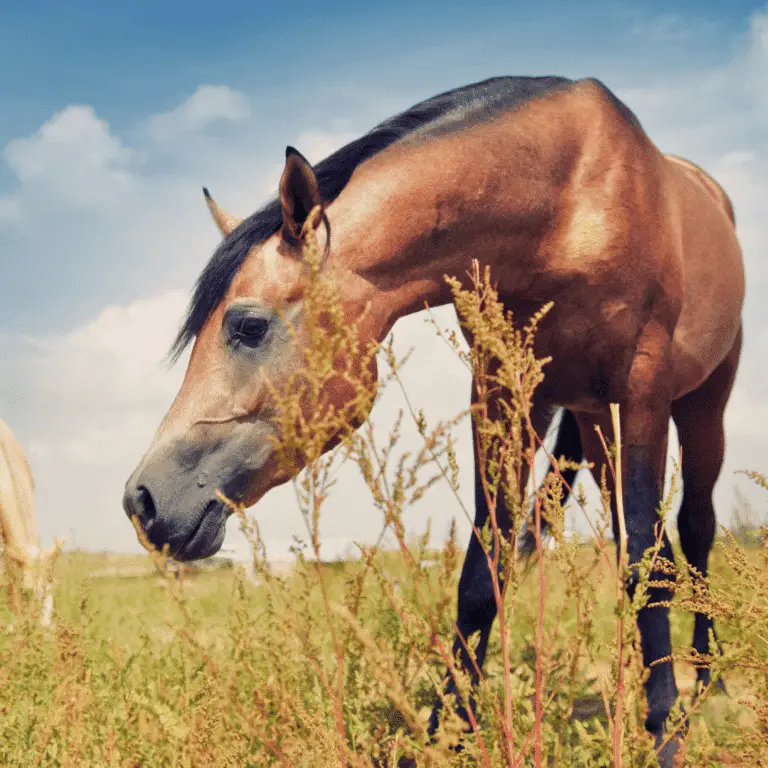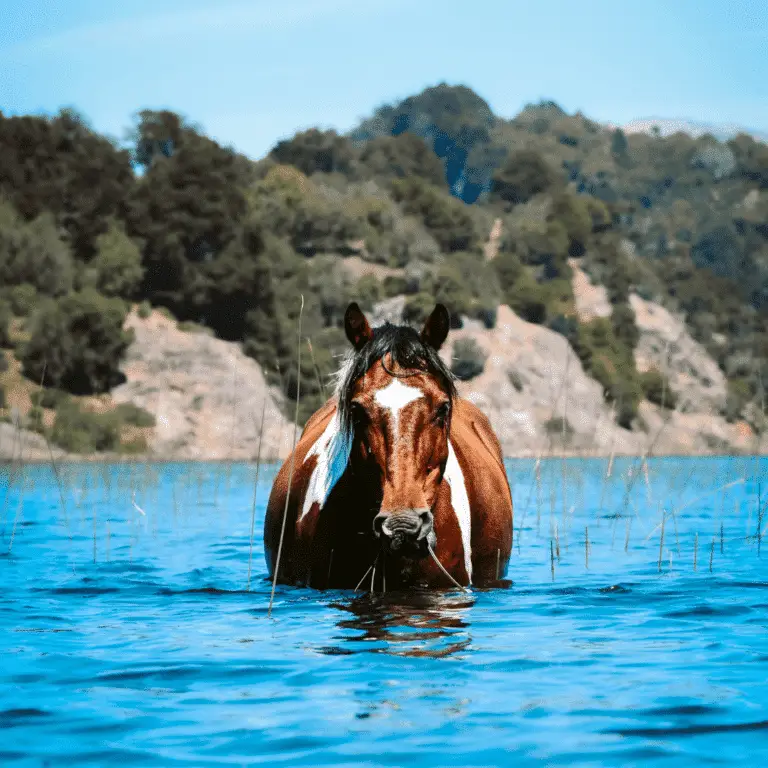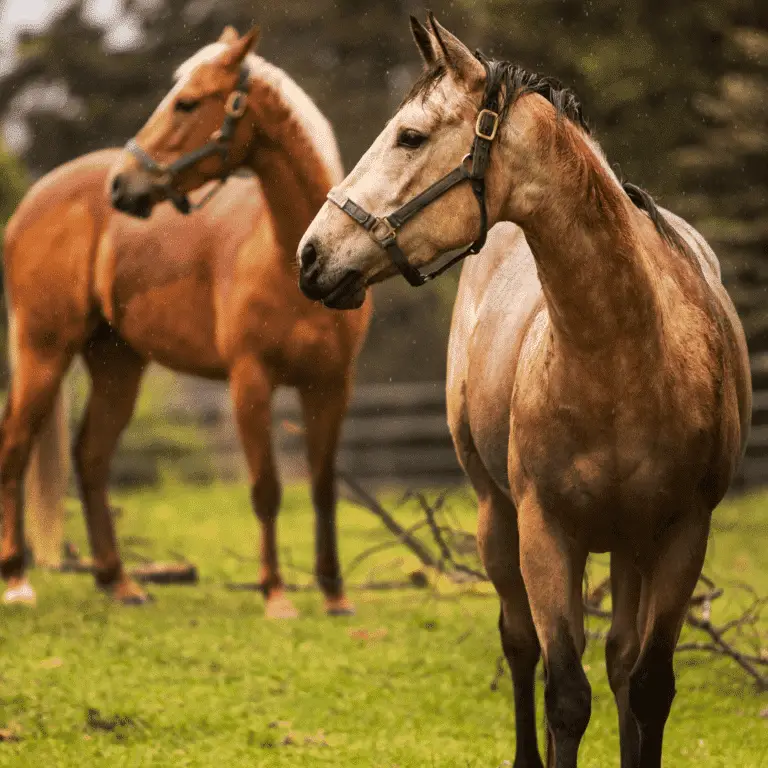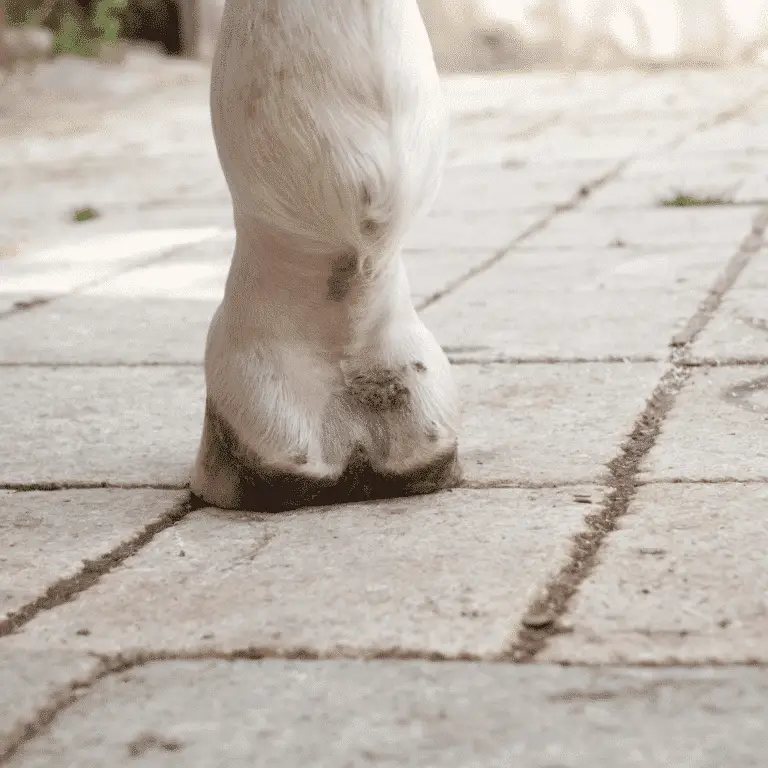Whether you’re a seasoned equestrian or new to horse care, understanding the symptoms, treatments and prevention strategies for temperature-related illnesses is crucial for your horse’s health and safety.
Temperature-related equine diseases can present in various ways, including heat stress, heat stroke, and hypothermia. Recognizing these symptoms early can make a significant difference in your horse’s recovery. Our articles cover a wide range of conditions, from common problems like Heat Exhaustion to more severe issues such as Heat Stroke and Frostbite.
Each article dives into the underlying causes of these ailments, evidence-based treatments, and practical tips for prevention. Whether you’re looking for advice on managing your horse in extreme weather conditions, signs to watch for, or seeking guidance on when to consult a veterinarian, we’ve got you covered.






